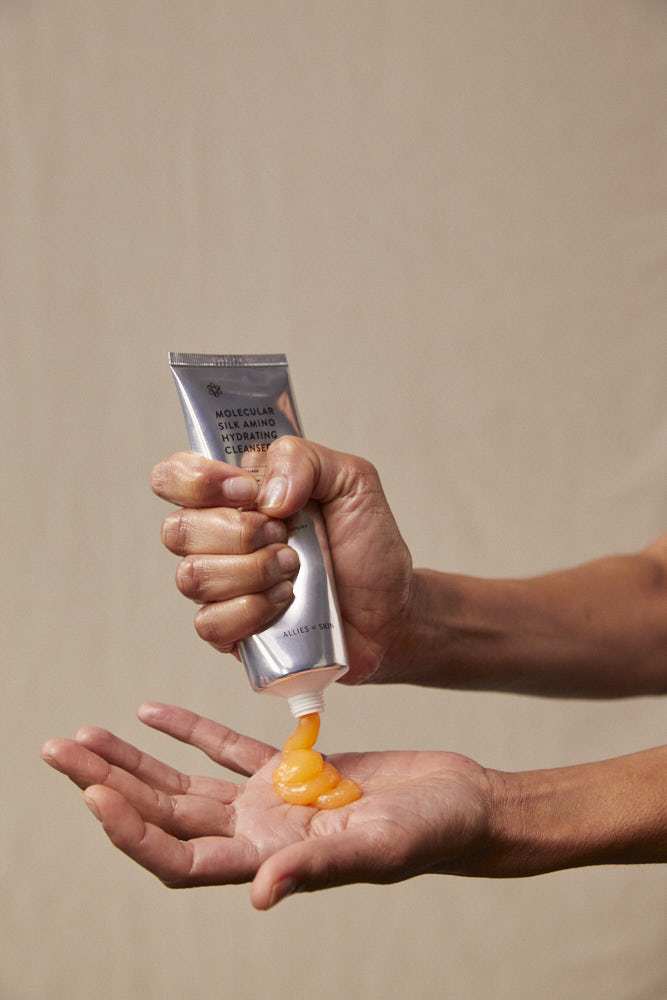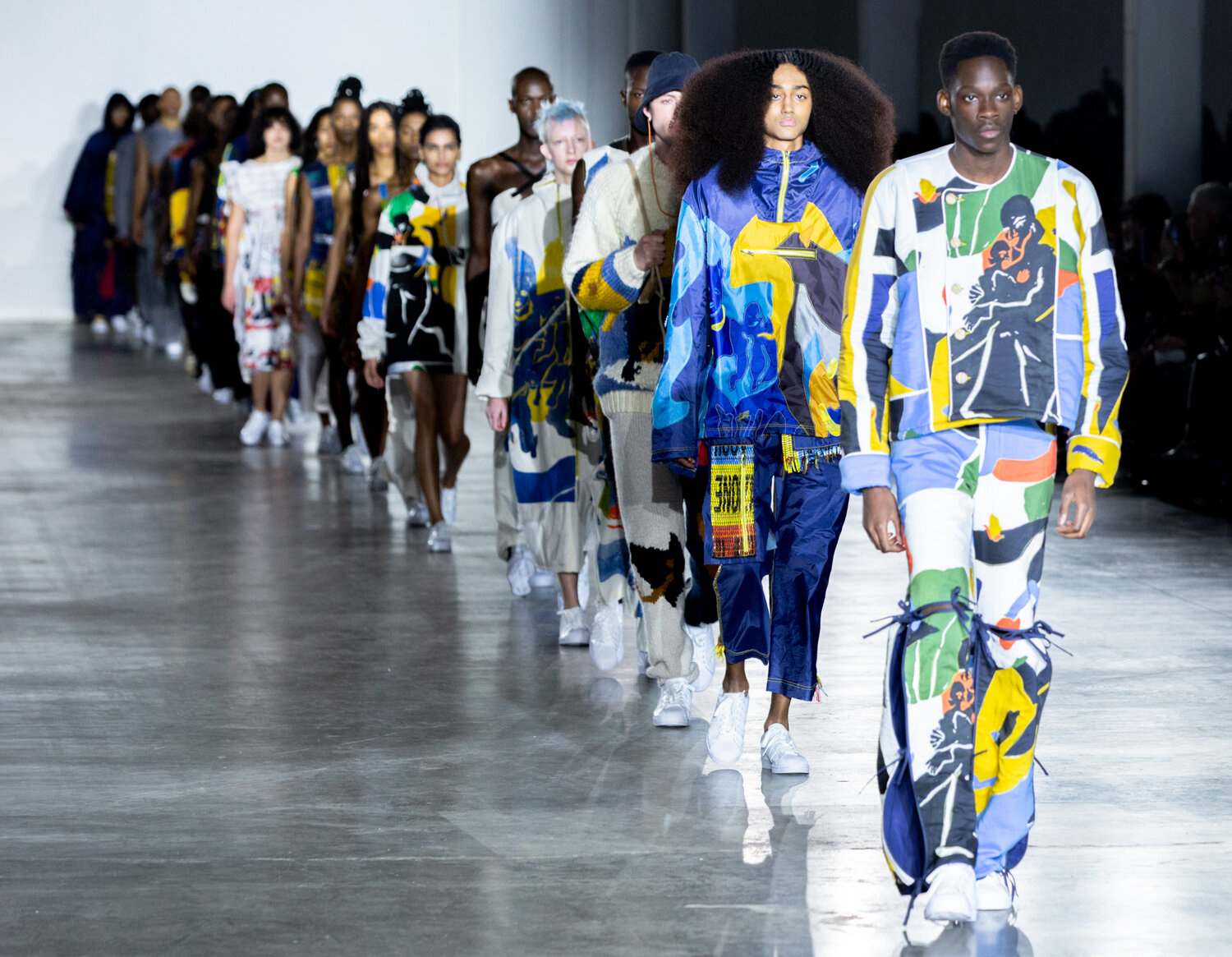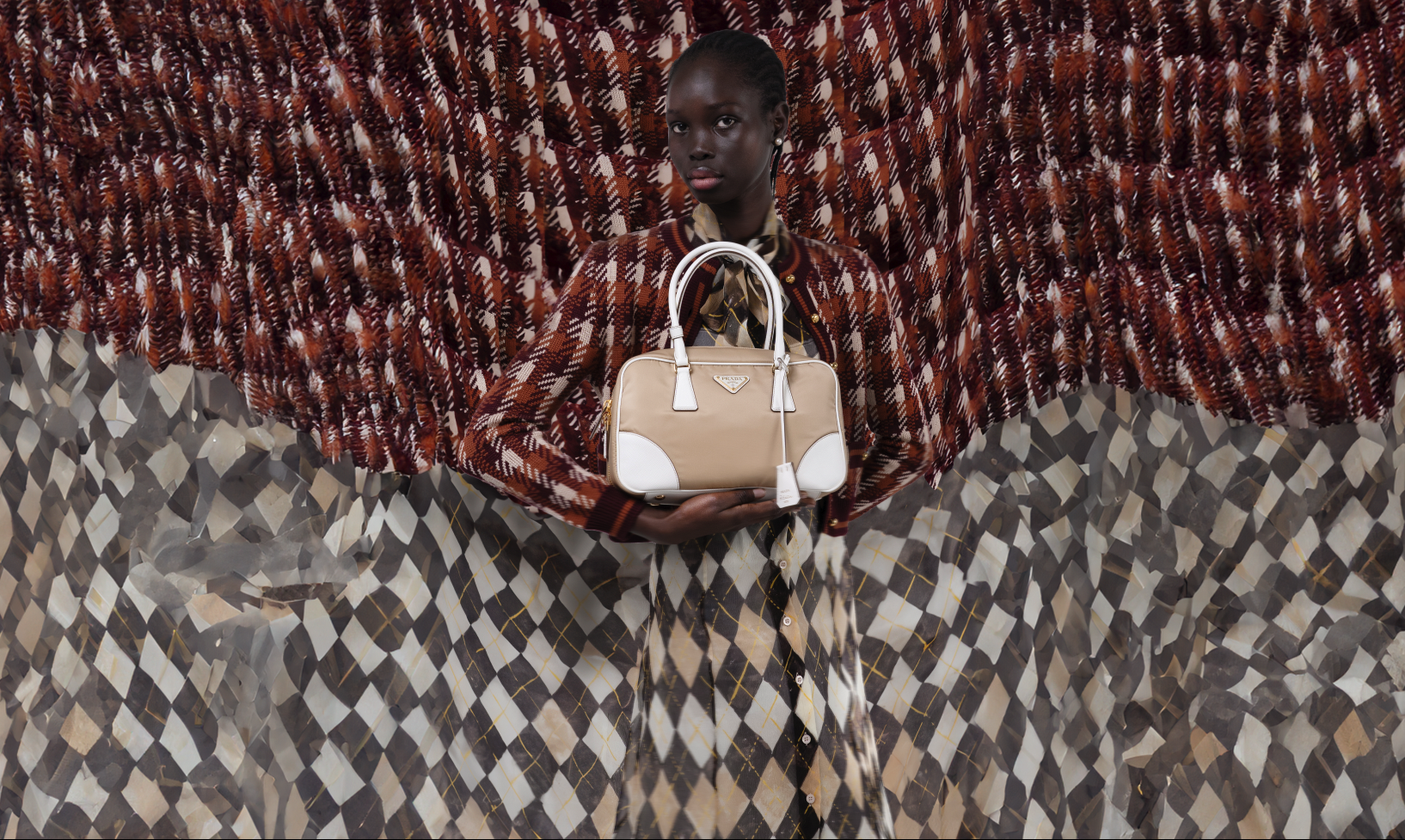
news | Jun 19, 2024
Rethink with Renude

news | Jun 6, 2024
Page Turn-of-the-Century

London Fashion Week | Jun 7, 2024
London Fashion Week Menswear Moments


Sève: The New Styling Tool to Know About
In this exclusive interview, Because and TANK Magazine's in-house stylist Eve Bailey sits down with the brains behind Sève, the first all-in-one fashion styling tool. Co-founder, Julia Sisto, who worked at LVMH, Diane von Furstenberg, and Bergdorf Goodman previously, shares the personal struggles she faced and industry gaps that sparked the creation of Sève, recounting the inefficient methods that most stylists still rely on.
Through extensive research and interviews with industry professionals, Julia and co-founder Joshua Kelly identified a critical need for a streamlined project management tool that lessens the work for stylists while connecting them with PR teams on a single platform.
Since its launch, Sève has made significant strides, attracting major brands such as Tom Ford, Valentino, Dior, and Armani, along with over 1,000 stylist subscribers. With special projects managed on the app including, styling Suki Waterhouse performing at Coachella, Lily Allen on the cover of Glamour and Hunter Schafer at the Oscars.
Sève offers an intuitive solution to an age-old problem while also highlighting the importance of user feedback in shaping its development.
With its community-driven onboarding process and dedication to democratising brand discovery, Sève is set to transform the fashion tech landscape, one click at a time.
Photography by Morgan Roberts styling by Eve Bailey managed on @seve.app
Eve: What was your main inspiration to start Sève, what gap in the market did you set out to fill with the platform?
Julia: My own struggle when pulling pieces for the celebrity that I was assisting at the time. I had to go to internal press teams and PR agencies globally, it was hard to stay on top of the hundreds of pieces that we would call in. It kind of felt like drowning in a sea of screenshots, trying to keep up with it, on sheets and slides. The process was inefficient, surely there could be a better way to do it?
I went back to business school in 2020. That's where I met my co-founder, Josh. From there, we started interviewing stylists, editors, journalists, and PR teams. And that's how we found this sort of broader gap in the market. A tool that streamlines communication between everyone. There are tools for sample management on the PR side but on the stylist side, there were no project management tools. Now we're connecting both sides on a single platform. What was so interesting was talking to both at the same time, and seeing how reliant they are on each other, and how they're actually both trying to help each other, but there was so much frustration in the process.
Can you elaborate on the onboarding process for PRs and brands to join Sève? How has it been received across the industry so far?
It’s been surprisingly easy. We knew going into it that in our first season, we weren’t going to get every brand under the sun and that wasn’t a problem because if we don't carry a brand, you can still upload it into your work board. We started outreach to the major fashion houses in February 2024, and we got approval from almost every one of them to display their images on Sève. I think they just liked the idea of making the lives of stylists easier. They believed in that mission. We also were quite lucky that we had over 40,000 images uploaded by stylists already.
What have been some of the challenges and opportunities that you face developing the platform?
So early on, we invested a lot in UX and UI to make sure it would feel ultra-intuitive. Unless the product felt like a relief and not something that would be overwhelming or complicated, it wouldn't get adopted. So it was a lot of pinning down the design and functionality to ensure it does what you want it to do intuitively.
In terms of opportunity, it's been really fun to turn the camera on the stylists a little bit. We've created content with amazing stylists such as Enrique Melendez who styles Jenna Ortega and Tom Eerebout who styles Rita Ora. We have just interviewed Barbara Loison, who styled Catherine Deneuve for 20 years. Having this opportunity to spotlight the creatives in front of their own community and to develop an understanding of what the profession is, has been really exciting and well-received by the styling community.
You mention customer feedback is essential for you, how have your users helped you mould Sève into what it is today?
Feedback is the number one thing that informs our roadmap. To this day, we still get so much feedback from stylists who will contact me not only on what's already built but on ideas of how to improve and what to do next. It's something that we value so much, not only because it routes the product in ways that we wouldn't necessarily think of, but also because it keeps you connected to your users.
Other digital fashion tools like Tagwalk and Vogue Runway have introduced paywalls to access their services, as it stands Sève is free for stylists to use, do you see this changing in the future?
When you start a new business, you think a lot about your business model. We purposefully designed it not to rely on charging stylists. We are selling a tool to the PR teams on the other side, so they can create beautiful digital showrooms, send out custom selections of looks and gain data insights on their activity. We charge by seat, which keeps the pricing as fair as possible. So the bigger the organisation, the more it costs, this allows us to allow the stylists to keep accessing it for free.
From my experience, accessing lookbooks or runway imagery from the larger established brands is easier than younger independent brands. Is Sève a platform to encourage their discovery?
That was actually one of my main personal motivations for starting Sève. I found that not only are the smaller brands harder to discover, but they're also harder to remember and access. Because they often don't have agencies behind them, they're not present on a lot of the fashion sites. It was something that I was really frustrated about because it stops you from diversifying your credits.
AI tagging makes the selection more egalitarian. Any brand that has a yellow dress will show up under those search terms, which means that if you're searching for a specific thing, you might end up discovering something new. We're actually in the process of reaching out to a lot of those smaller emerging brands and personally I’m super interested in opening up to students as well. They are the ones who deserve the spotlight, a good placement for a student can really change the course of their career, and stylists can have that power.